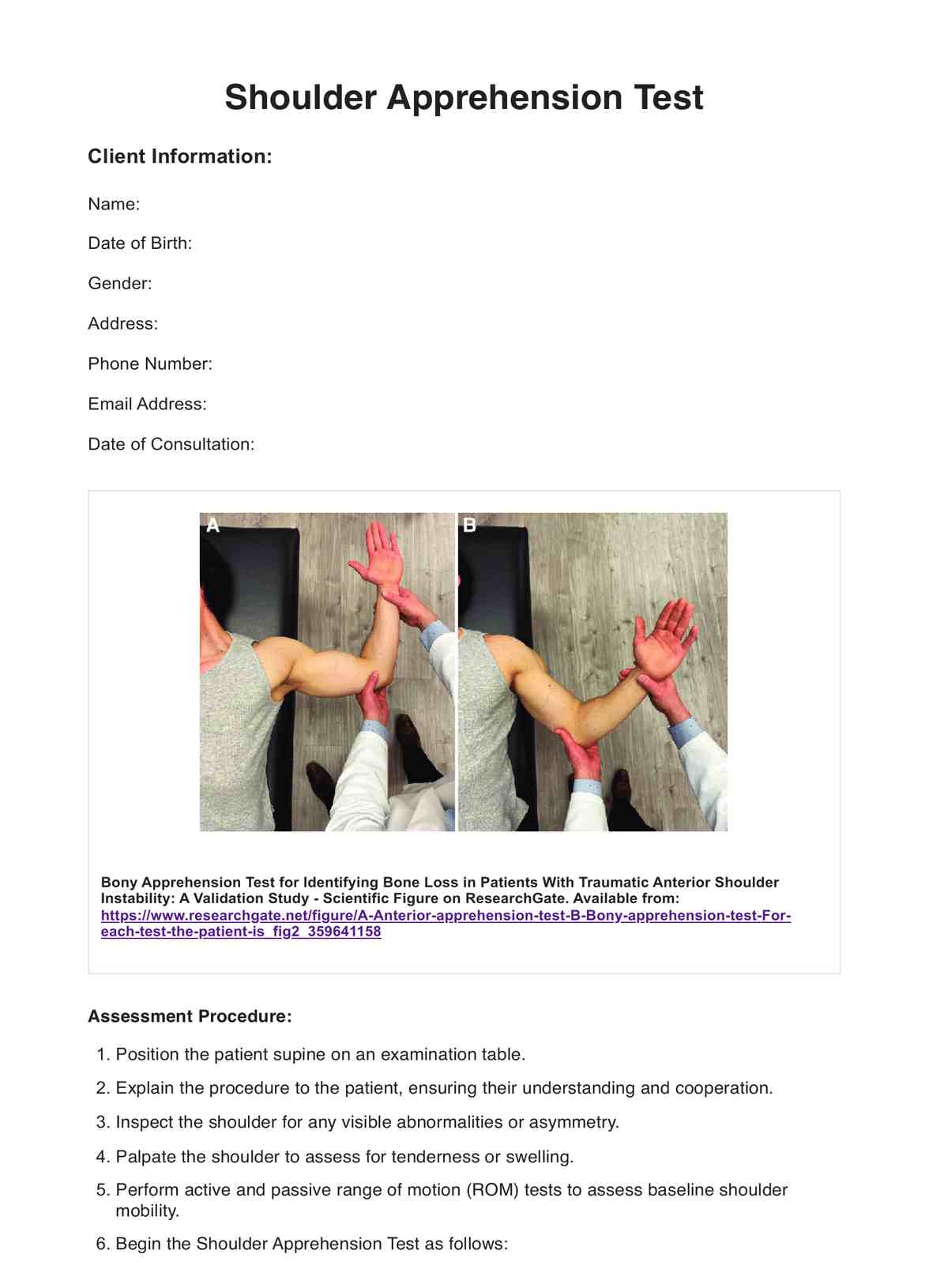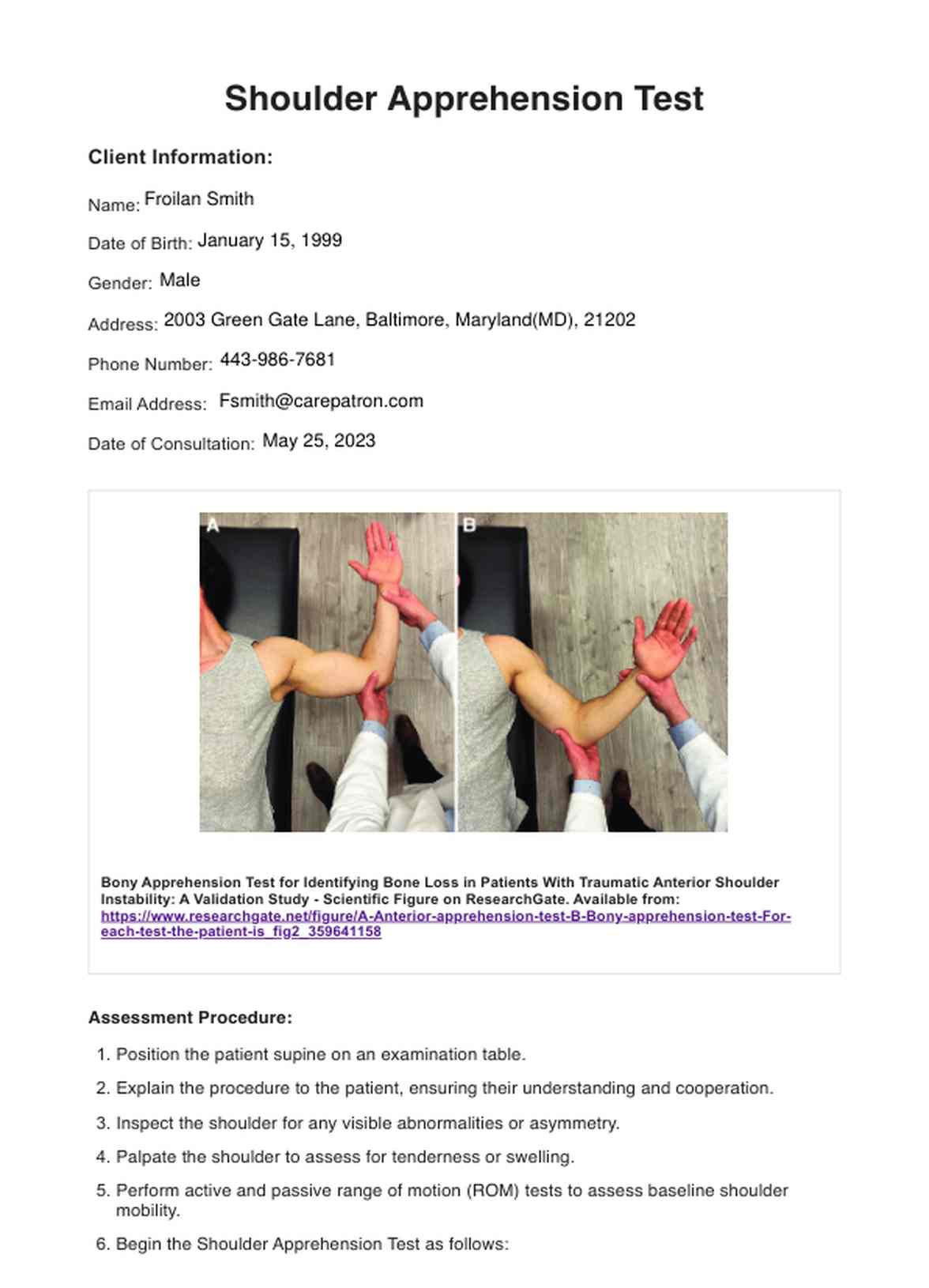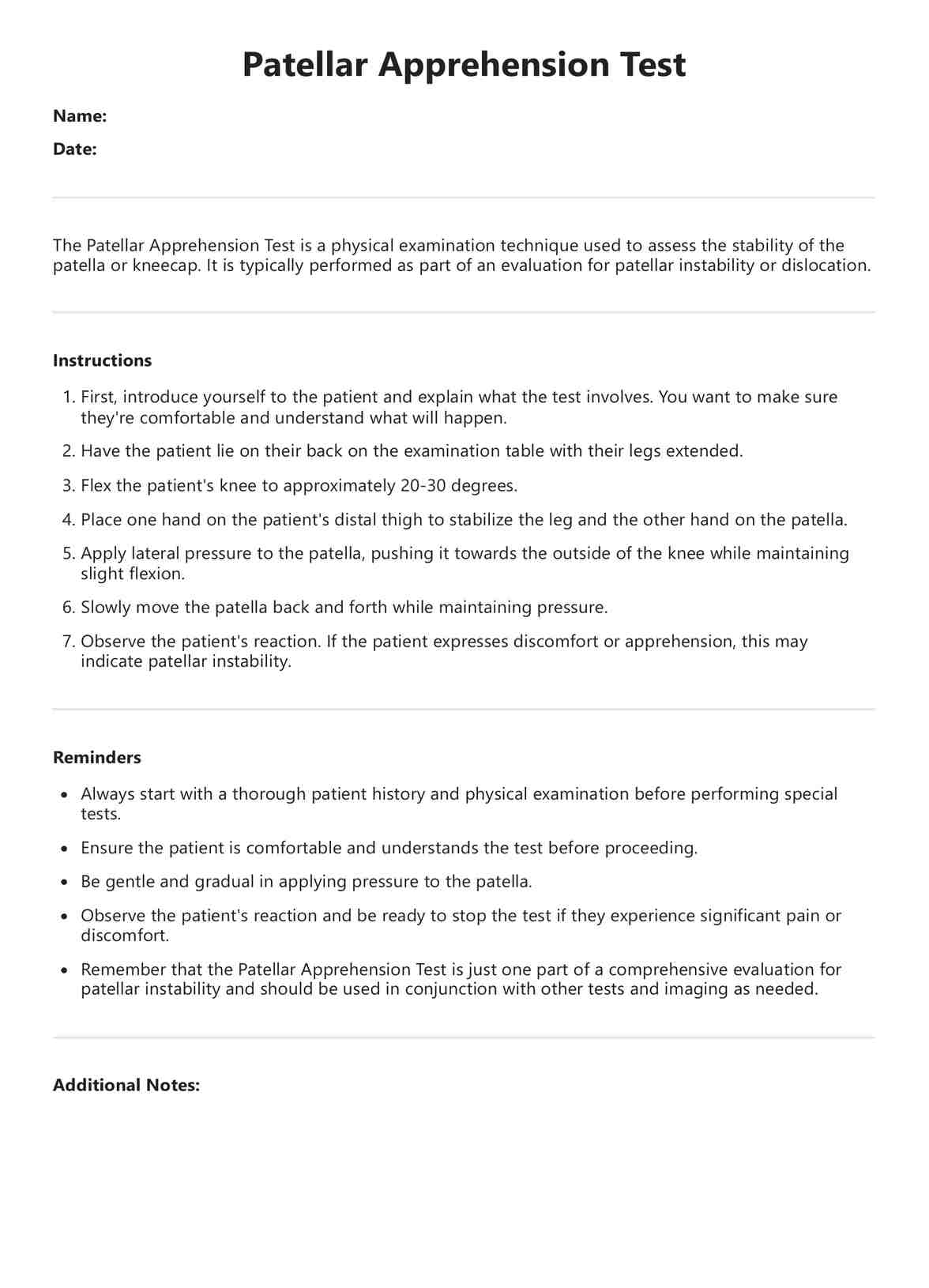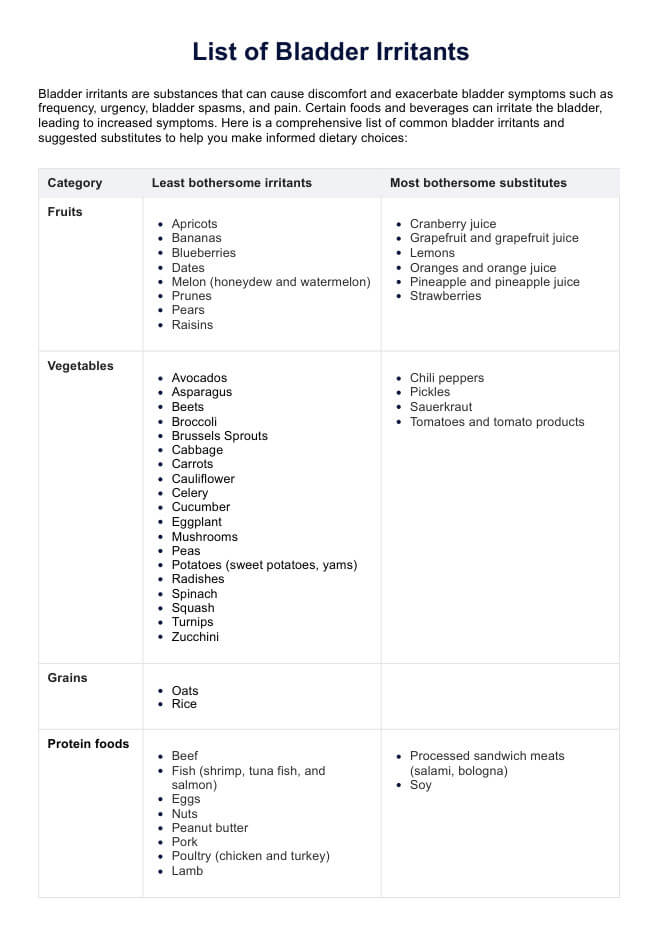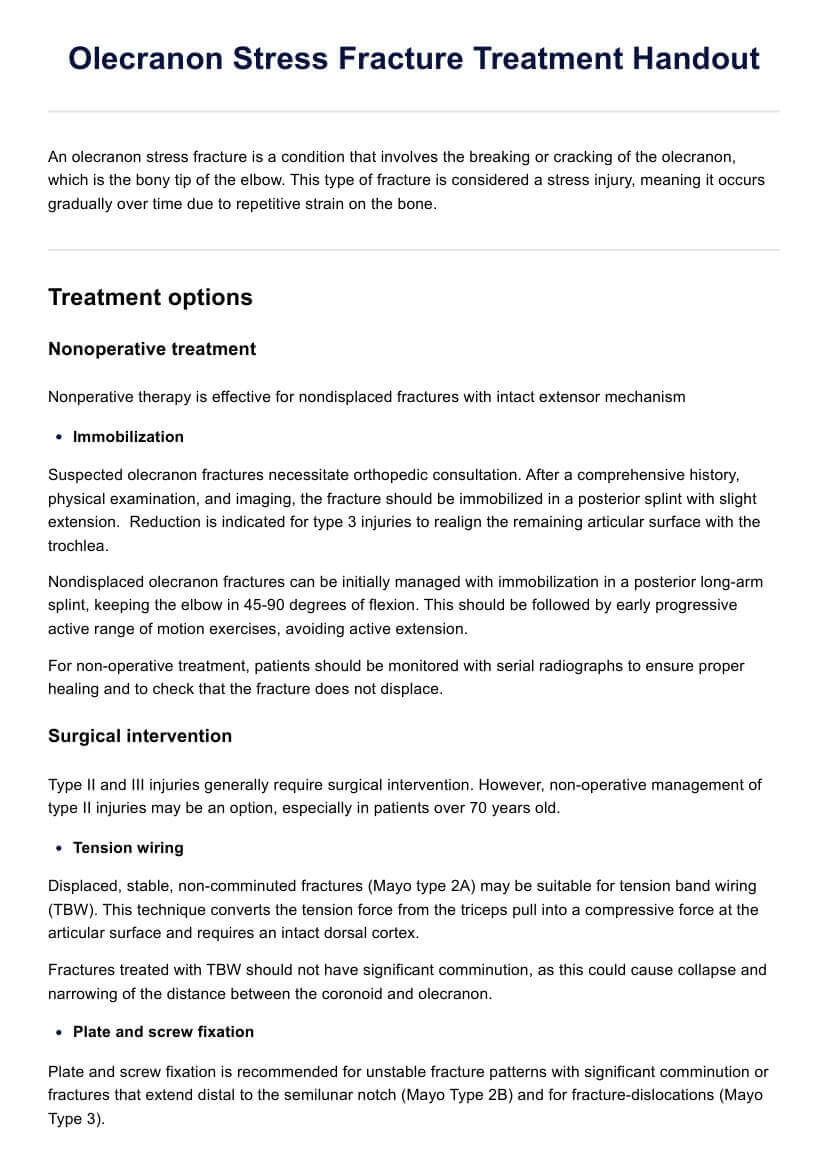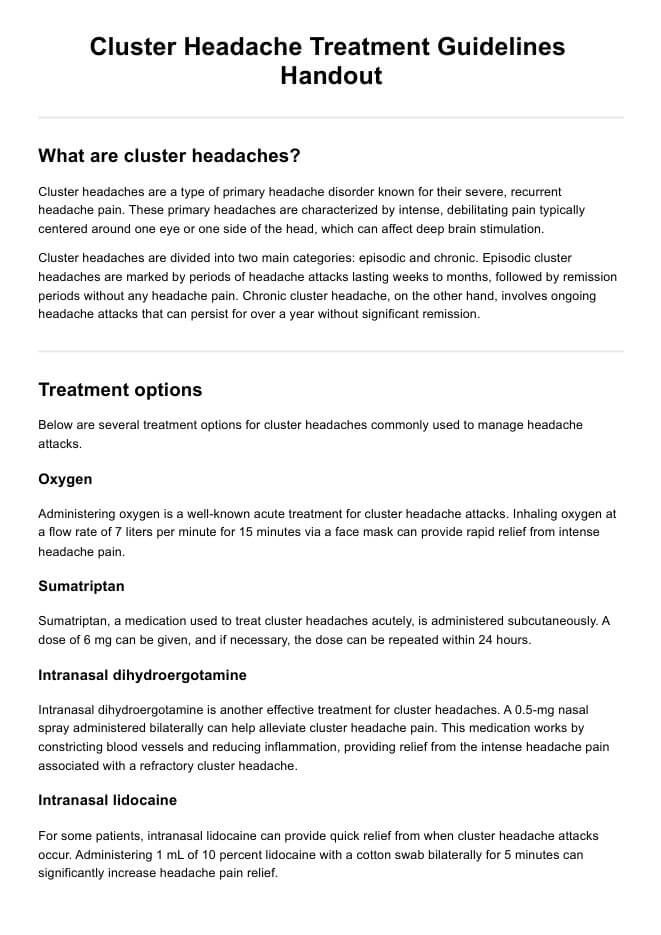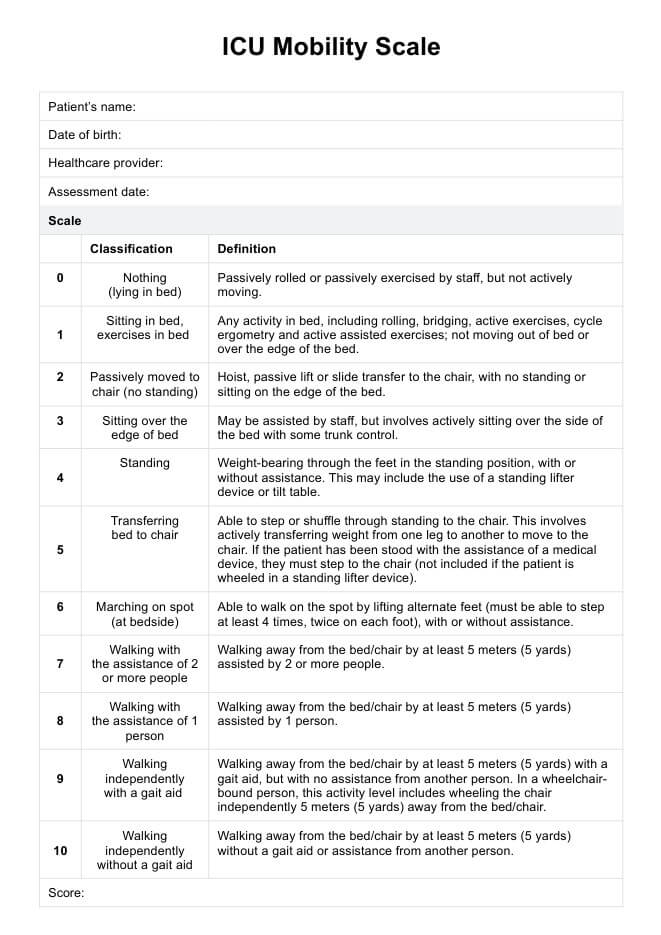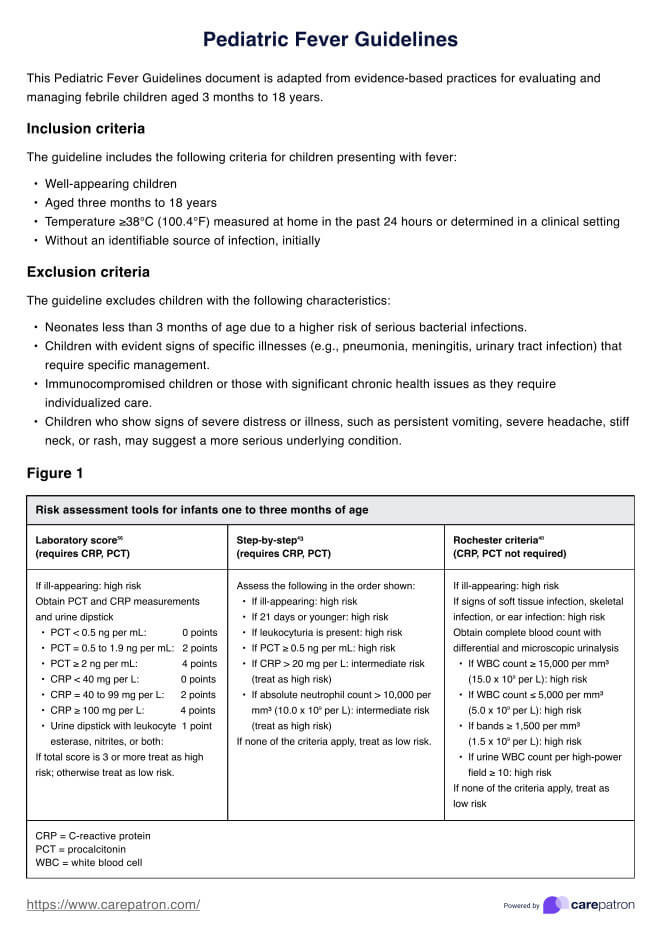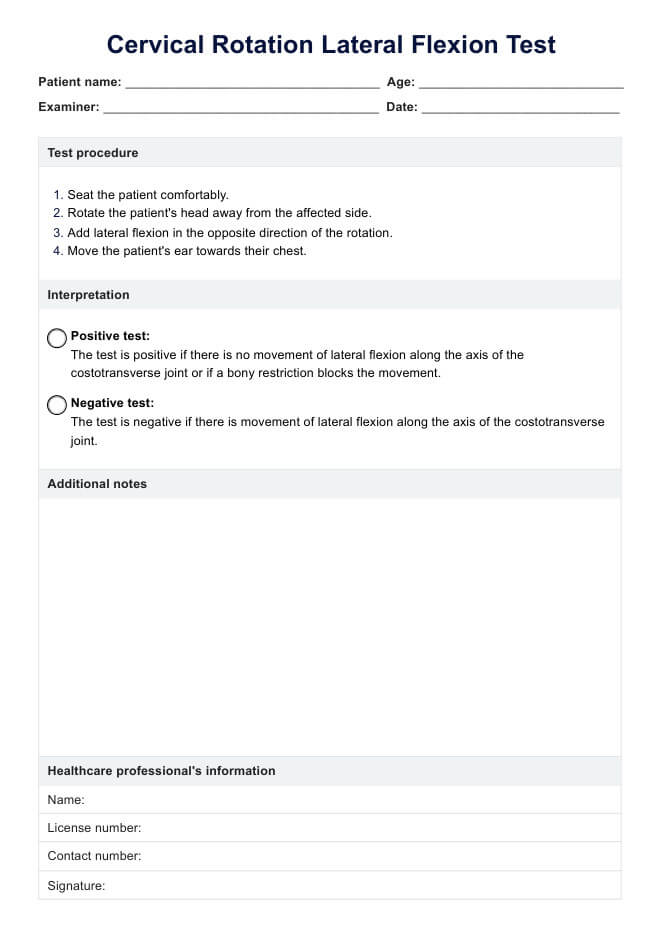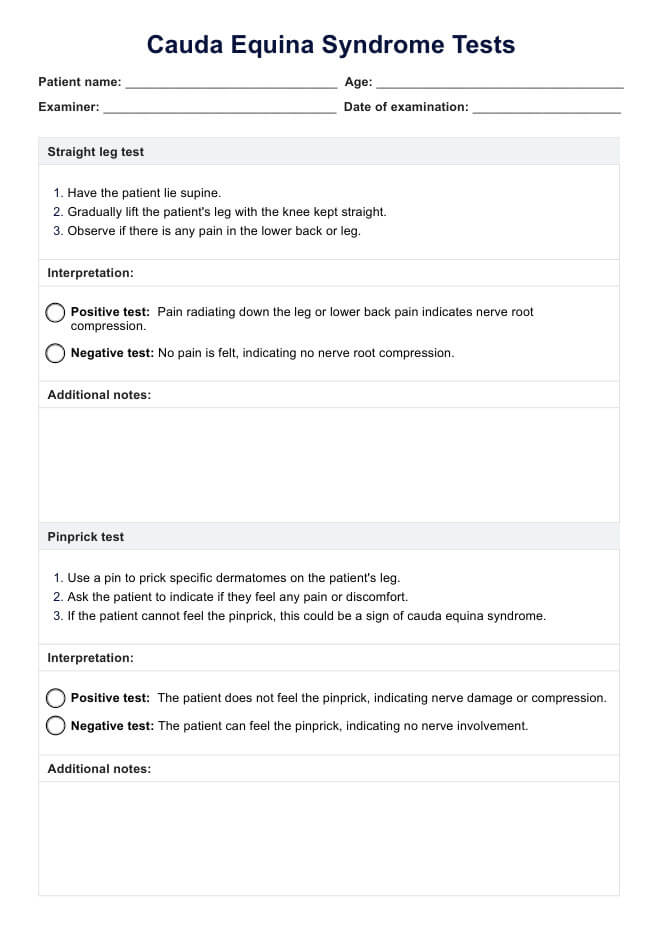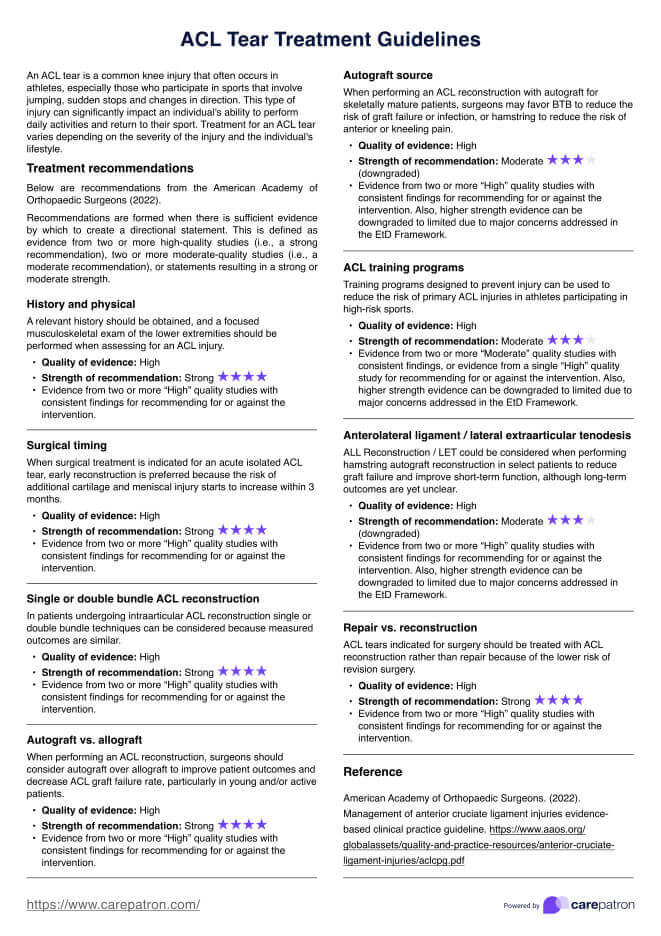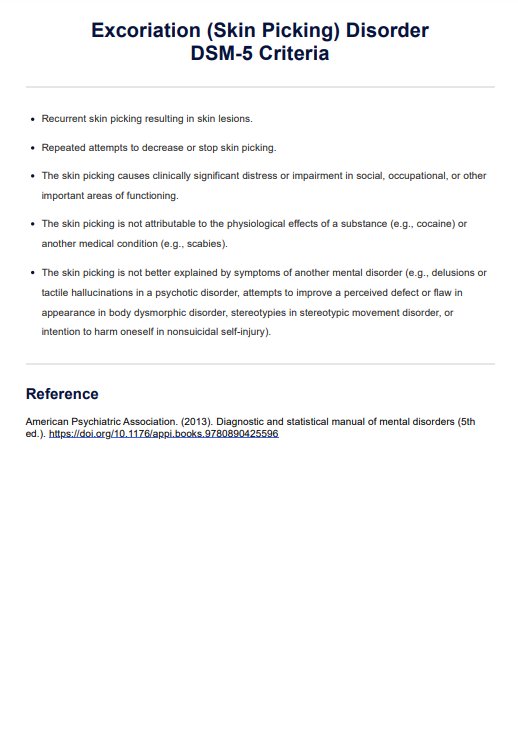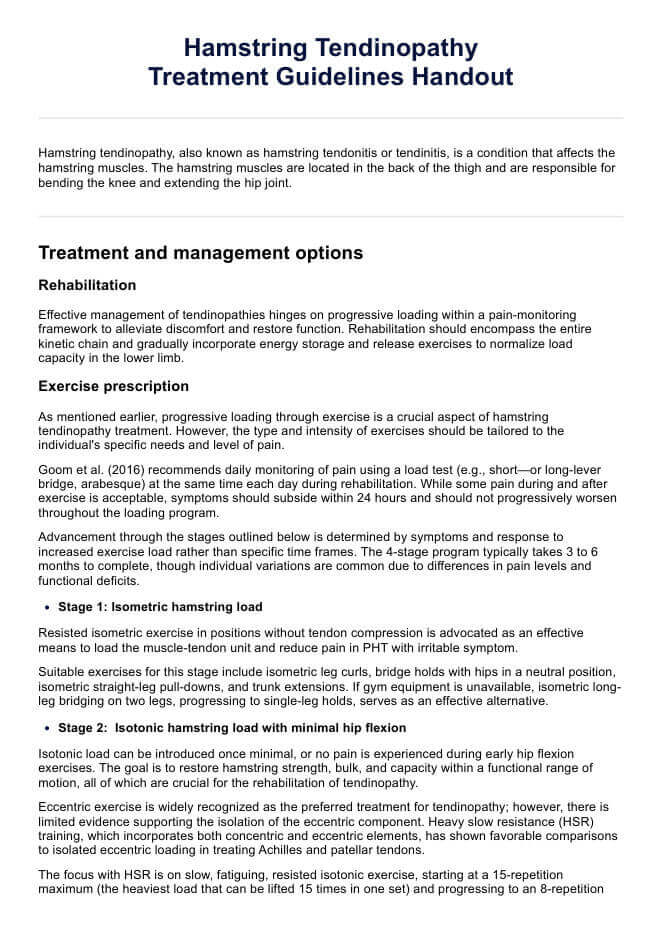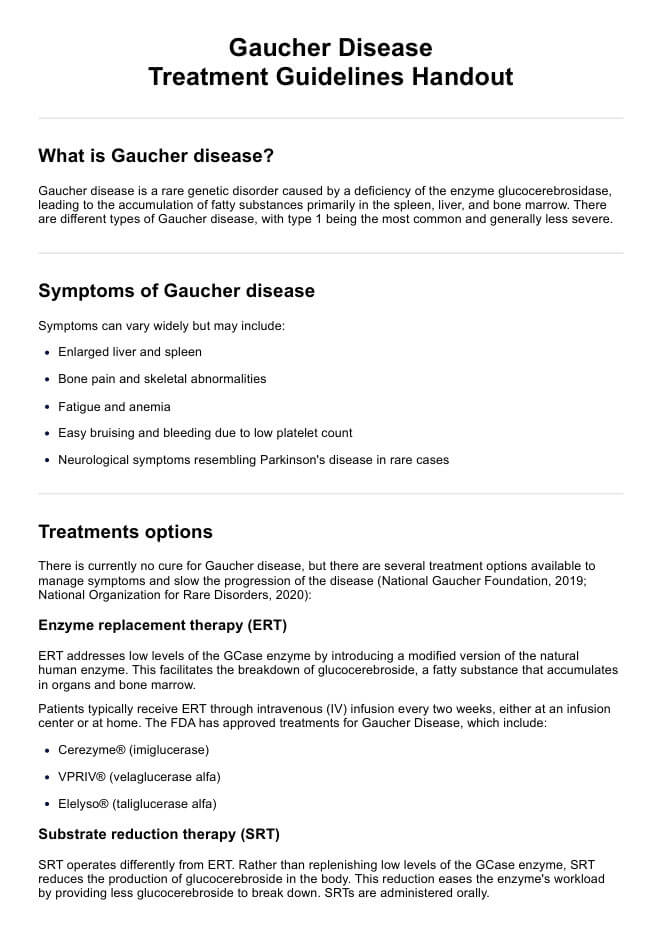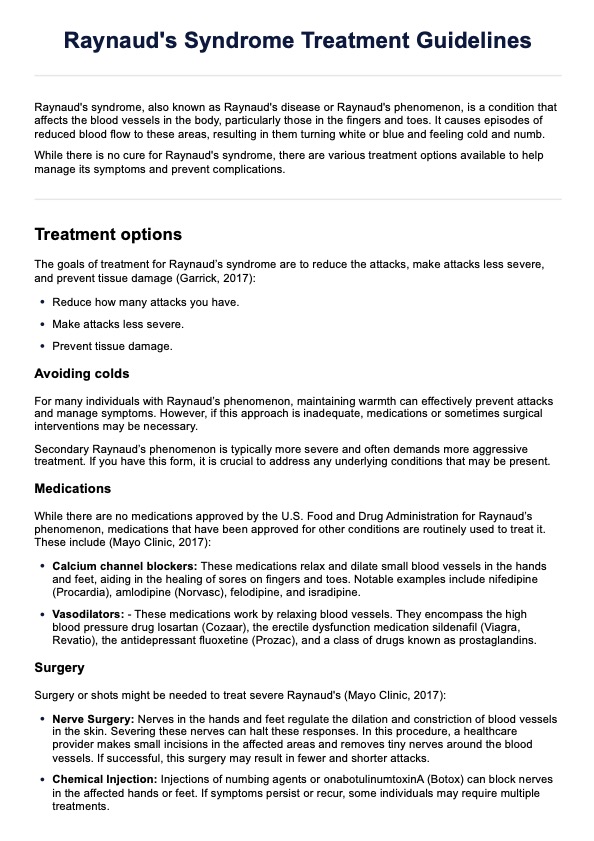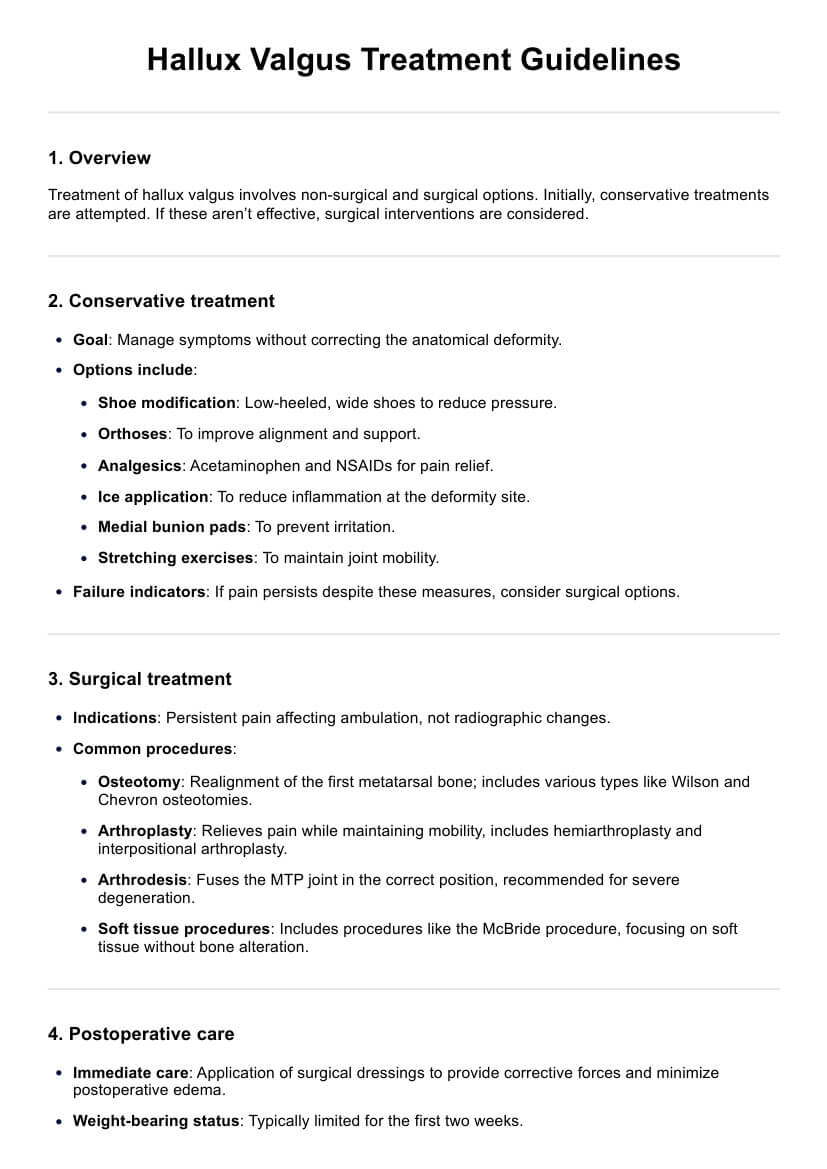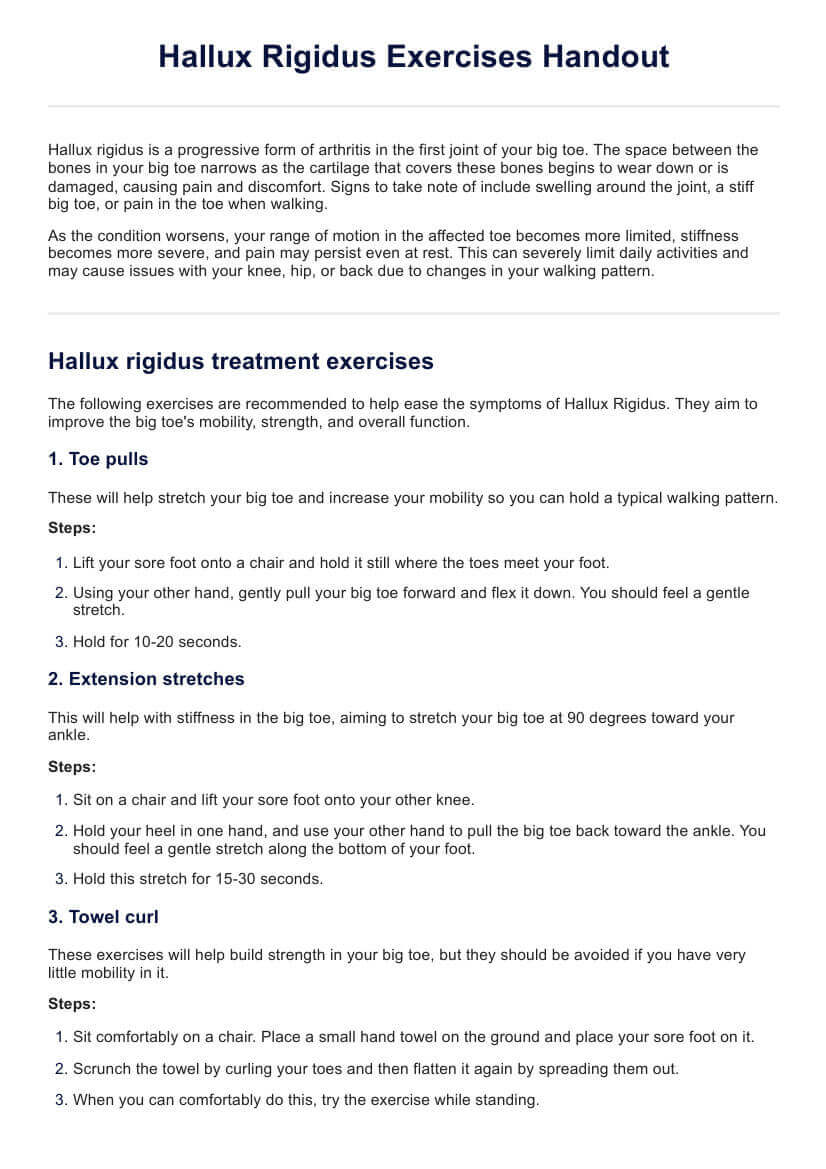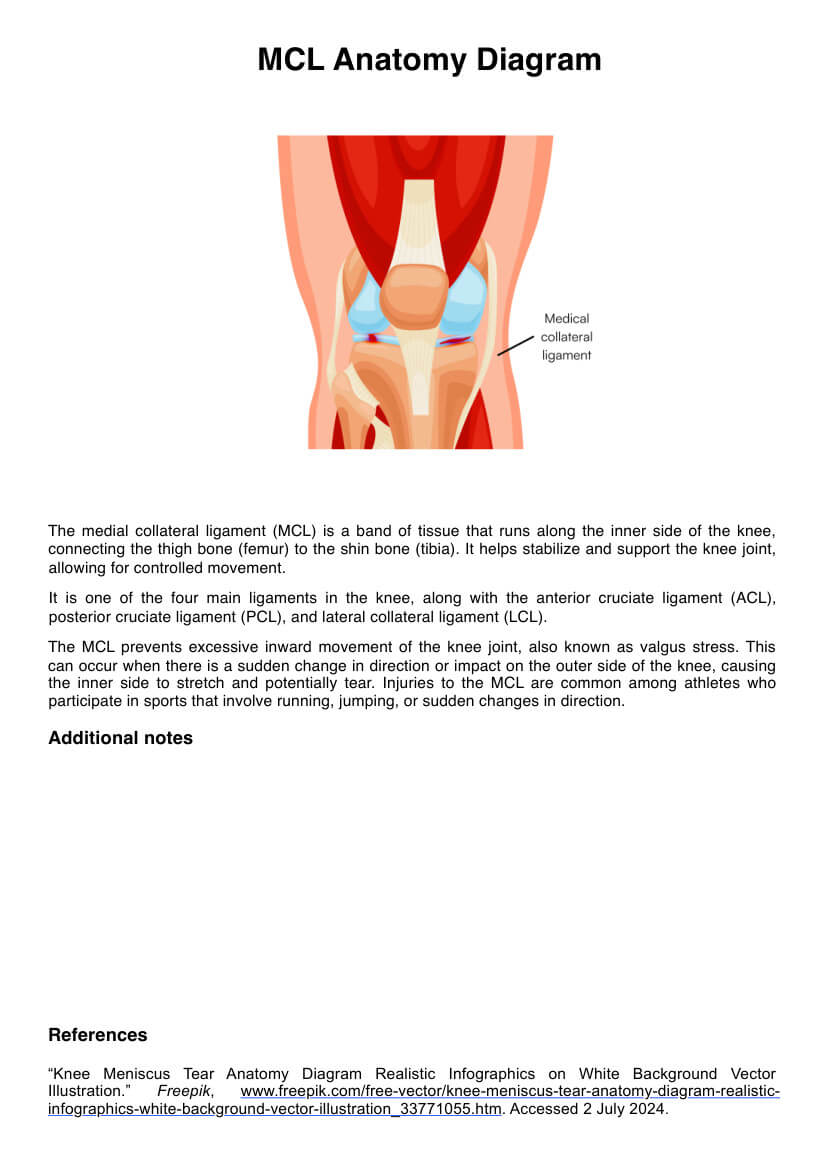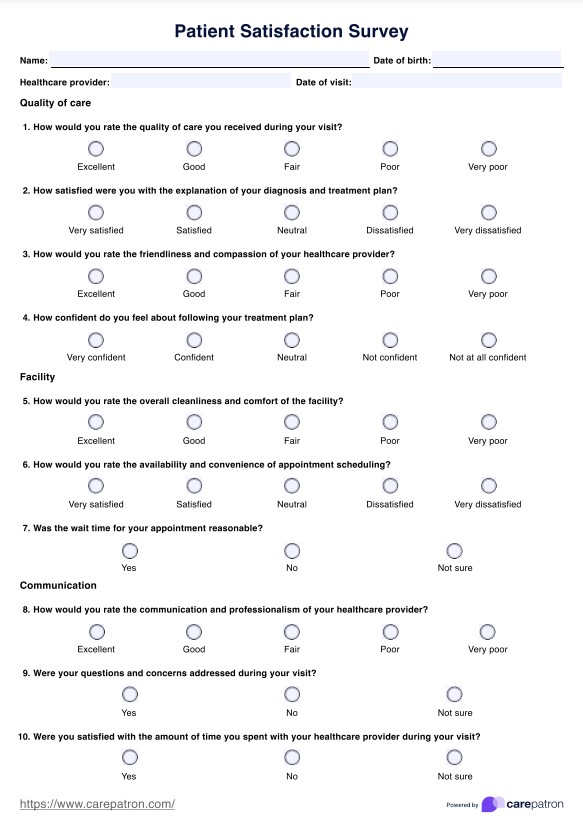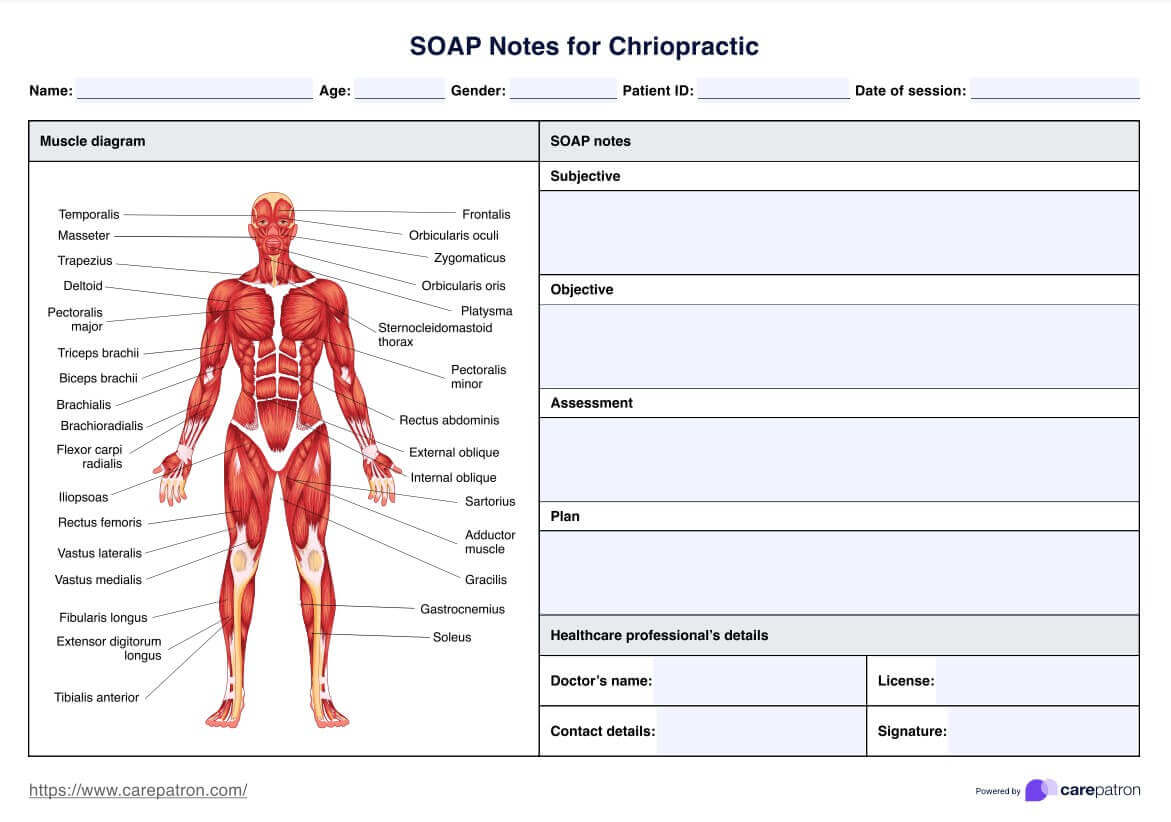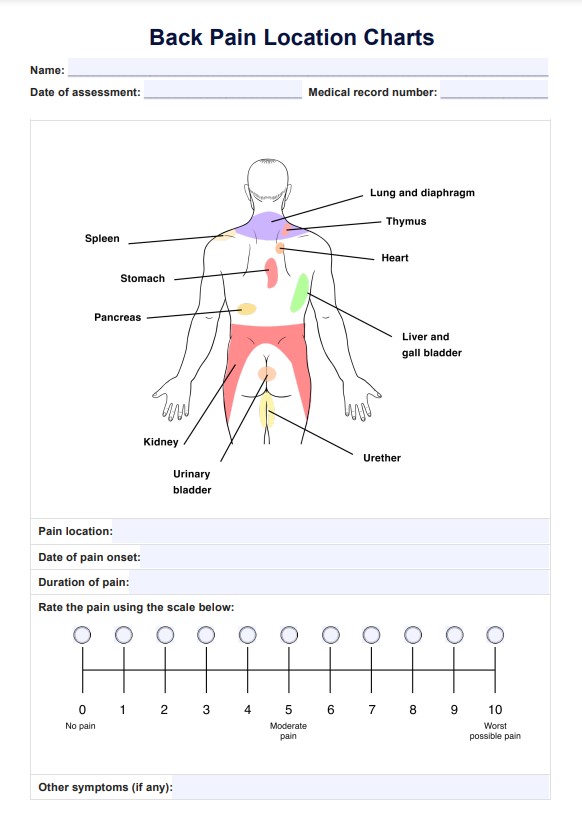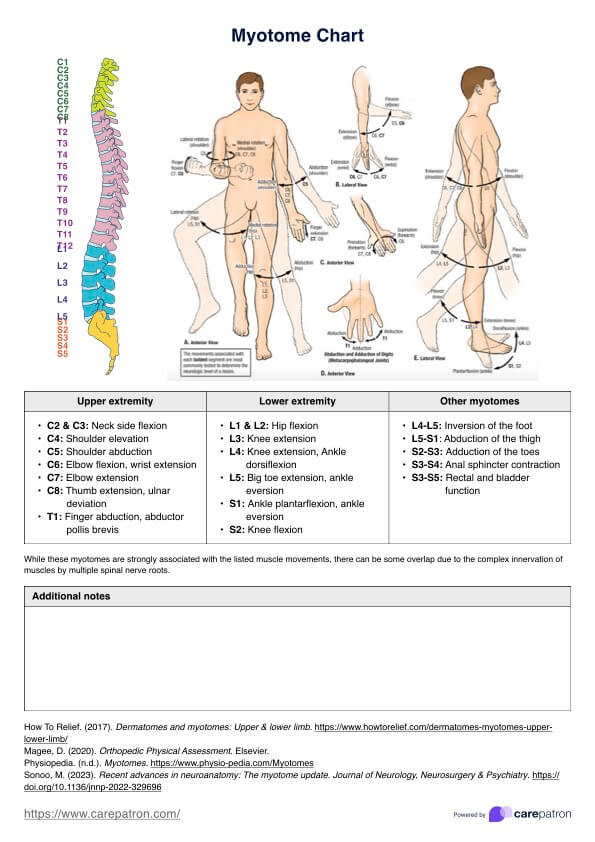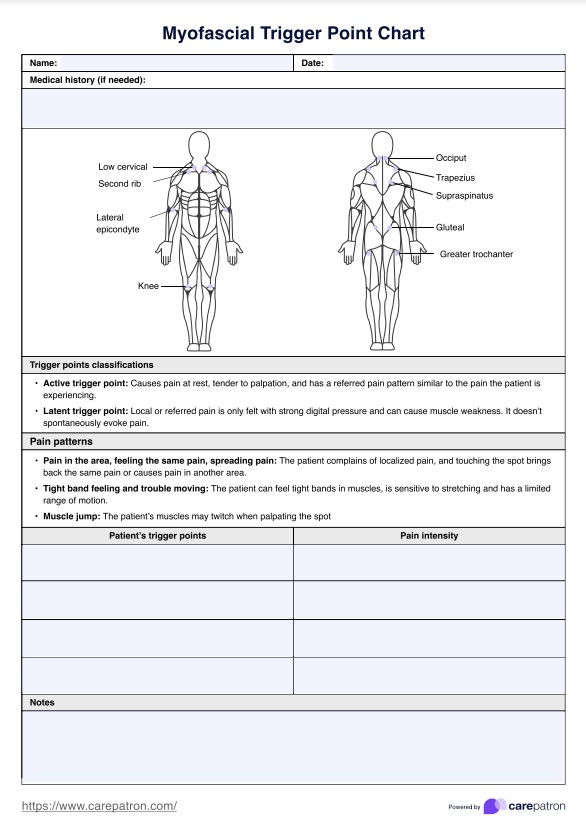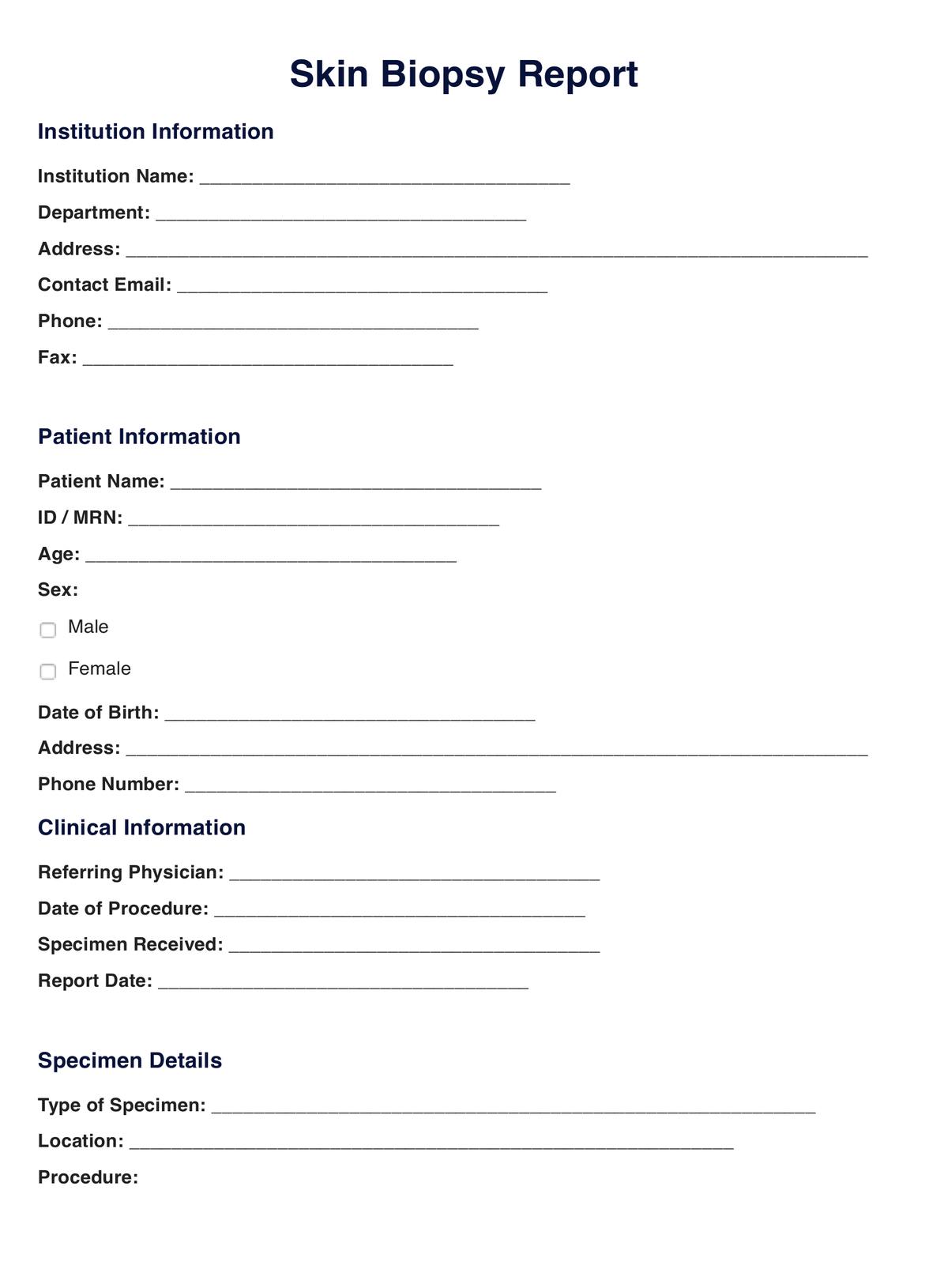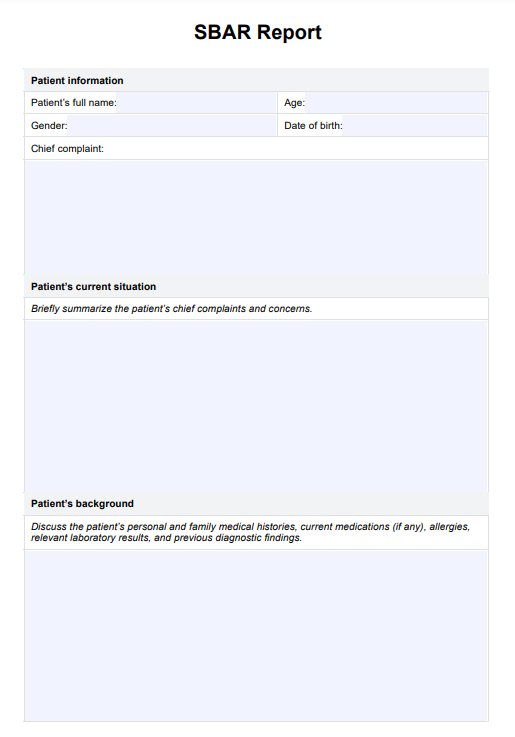Shoulder Apprehension Test
The Shoulder Apprehension Test evaluates joint stability and potential dislocation risks; a crucial diagnostic tool in assessing shoulder conditions.


What is a Shoulder Apprehension Test?
The is a diagnostic procedure used to assess the stability and potential risk of shoulder dislocation in individuals. It is commonly performed by healthcare professionals, such as orthopedic surgeons, physical therapists, or sports medicine specialists, as part of a comprehensive evaluation of shoulder conditions.
The test primarily evaluates the integrity of the shoulder joint's anterior stabilizing structures, including the glenohumeral ligaments and the labrum. These structures play a crucial role in maintaining the stability of the shoulder joint and preventing dislocation.
During the Shoulder Apprehension Test, the patient lies on an examination table. The healthcare provider then gently abducts the patient's shoulder (moves it away from the body) while externally rotating the arm. This specific combination of movements places stress on the anterior structures of the shoulder, potentially reproducing the sensation of shoulder dislocation or subluxation (partial dislocation) in individuals prone to instability.
The healthcare provider closely observes the patient's reaction and response as the test is performed. If the individual experiences apprehension, fear, or discomfort during the test, it suggests a positive result, indicating potential shoulder instability. Other associated signs, such as muscle guarding or involuntary contraction, may also be observed.
A positive Shoulder Apprehension Test does not definitively confirm a dislocation or instability but serves as an indicator for further investigation. Additional tests, such as imaging studies (e.g., magnetic resonance imaging or MRI), may be conducted to assess the exact nature and extent of the shoulder condition.
The Shoulder Apprehension Test is particularly relevant for individuals with a history of shoulder dislocation, recurrent subluxations, or those engaged in activities that place repetitive stress on the shoulder joint, such as athletes involved in throwing sports.
Shoulder Apprehension Test Template
Shoulder Apprehension Test Example
How does this Shoulder Apprehension Test work?
The Shoulder Apprehension Test uses specific steps to evaluate the stability and potential risk of shoulder dislocation. Here is an overview of how the test is conducted:
- Positioning: The patient lies down on an examination table, typically in a supine or semi-supine position.
- Preparation: The healthcare provider ensures the patient is relaxed and comfortable before the test.
- Arm placement: The affected arm is explicitly positioned to assess shoulder stability. The provider typically holds the patient's wrist with one hand while supporting the back of the shoulder with the other.
- Abduction: The healthcare provider gently moves the patient's arm away from the body, commonly known as abduction. This movement places stress on the anterior structures of the shoulder.
- External rotation: While maintaining the arm in the abducted position, the provider externally rotates the arm. This involves turning the forearm and hand outward, away from the body.
- Observation: As the test is performed, the healthcare provider closely observes the patient's response. They pay attention to any signs of apprehension, fear, discomfort, or pain experienced by the patient.
- Apprehension assessment: If the patient demonstrates signs of apprehension, such as facial expressions of distress, attempts to resist or guard against the movement, or verbalization of discomfort, it suggests a positive result. These responses indicate a potential instability or risk of dislocation.
- Follow-up examination: A positive Shoulder Apprehension Test result typically warrants further investigation. The healthcare provider may conduct additional tests, such as imaging studies or a comprehensive physical examination, to assess the exact nature and extent of the shoulder condition.
It's important to note that the Shoulder Apprehension Test should only be performed by trained healthcare professionals knowledgeable about shoulder anatomy, biomechanics, and the appropriate techniques for conducting the test safely and effectively.
Scoring?
The scoring of the Shoulder Apprehension Test is based on the patient's response and observed signs of apprehension during the test. Here is a description of how the assessment is typically scored:
Positive result: A positive result indicates the presence of apprehension or discomfort experienced by the patient during the test. This can manifest as facial expressions of distress, attempts to resist or guard against the movement, or verbalization of discomfort. A positive result suggests a potential shoulder instability or increased risk of dislocation.
Negative result: A negative result indicates the absence of significant apprehension or discomfort during the test. The patient remains calm and comfortable throughout the abduction and external rotation movements without exhibiting signs of instability or pain.
Grading: In some cases, the Shoulder Apprehension Test may be graded to provide further insight into the severity or extent of the instability. The grading system may vary depending on the healthcare provider or specific protocols. Common grading systems include mild, moderate, or severe based on the degree of apprehension, the presence of muscle guarding, or the amount of external support required to stabilize the shoulder.
It is important to note that the scoring of the Shoulder Apprehension Test is primarily qualitative rather than quantitative. The test serves as an indicator for further investigation and does not provide a definitive diagnosis. Healthcare professionals consider the patient's response, clinical history, physical examination findings, and additional diagnostic tests to formulate an accurate diagnosis and develop an appropriate treatment plan for shoulder instability.
When to use this Apprehension Assessment?
The Shoulder Apprehension Assessment is a valuable tool used in specific situations to evaluate shoulder instability and assess the potential risk of dislocation. Here are some scenarios in which it is appropriate to use this assessment:
History of shoulder dislocation:
If a patient has a history of shoulder dislocation, either traumatic or non-traumatic, the Shoulder Apprehension Assessment can be employed to assess the joint's stability and determine the likelihood of future dislocations. It helps guide treatment decisions and preventive measures.
Suspected shoulder instability:
When a patient presents with symptoms suggestive of shoulder instability, such as recurrent subluxations (partial dislocations), chronic shoulder pain, or a feeling of the shoulder "giving way," the Shoulder Apprehension Assessment can aid in confirming the presence of instability and guiding further evaluation.
Athletes and overhead sports:
Athletes engaged in sports involving repetitive overhead motions, such as baseball, tennis, swimming, or volleyball, are prone to shoulder instability. The assessment is valuable in evaluating these individuals for instability and determining the need for targeted strengthening exercises, bracing, or other preventive measures.
Pre-operative or pre-rehabilitation evaluation:
Before undergoing shoulder surgery or starting a rehabilitation program, the Shoulder Apprehension Assessment can help establish a baseline assessment of shoulder stability. This baseline information can guide surgical planning, preoperative counseling, or the design of an appropriate rehabilitation protocol.
Post-injury or post-operative follow-up:
After a shoulder injury or surgical intervention, the Shoulder Apprehension Assessment is employed to assess treatment success and monitor the progression of shoulder stability. It provides valuable information for adjusting rehabilitation protocols, assessing return-to-sport readiness, or determining the need for further interventions.
Diagnostic uncertainty:
In cases of diagnostic uncertainty regarding the cause of shoulder symptoms, the Shoulder Apprehension Assessment can help differentiate between shoulder instability and other potential sources of pain or dysfunction. It contributes to a more accurate diagnosis and appropriate treatment planning.
It is important to note that the Shoulder Apprehension Assessment should be performed by qualified healthcare professionals knowledgeable in the technique and interpretation of the test. The assessment is a valuable resource in specific clinical contexts to aid in evaluating, diagnosing, and managing shoulder instability and associated conditions.
Who are these Shoulder Apprehension Test PDF for?
The Shoulder Apprehension Test PDF is a valuable resource that can benefit a range of healthcare practitioners involved in the assessment and management of shoulder conditions. Here are some practitioners who can benefit from this template:
Orthopedic Surgeons:
Orthopedic surgeons specializing in shoulder conditions can use the Shoulder Apprehension Test PDF as a standardized tool to assess shoulder stability in patients with a history of dislocations or suspected instability. It aids in surgical planning, preoperative counseling, and postoperative follow-up.
Physical Therapists:
Physical therapists play a crucial role in rehabilitating shoulder injuries and conditions. The Shoulder Apprehension Test PDF helps physical therapists evaluate shoulder instability and develop targeted rehabilitation programs tailored to patients' needs. It provides an objective measure to track progress throughout the rehabilitation process.
Sports Medicine Specialists:
Sports medicine specialists working with athletes involved in overhead sports can utilize the Shoulder Apprehension Test PDF to assess shoulder stability and guide injury prevention strategies. It helps identify athletes at risk of instability and design appropriate conditioning and strengthening programs.
Primary Care Physicians:
Primary care physicians encountering patients with shoulder complaints can utilize the Shoulder Apprehension Test PDF as a screening tool to assess shoulder stability and determine the need for referral to a specialist. It aids in making informed decisions regarding further evaluation or appropriate management plans.
Physiatrists:
Physiatrists, also known as rehabilitation physicians, can use the Shoulder Apprehension Test PDF to evaluate shoulder conditions comprehensively. It assists in assessing shoulder stability, monitoring progress during conservative management, and guiding interventions such as injections or other non-surgical treatments.
Athletic Trainers:
Athletic trainers working with athletes at various levels can incorporate the Shoulder Apprehension Test PDF into their evaluation protocols for shoulder injuries. It provides an objective measure to assess stability and aids in making appropriate decisions regarding return-to-play readiness.
By providing a standardized template, the Shoulder Apprehension Test PDF enhances communication and consistency among practitioners assessing and managing shoulder conditions. It promotes a systematic approach to evaluating shoulder stability and aids in making informed clinical decisions for optimal patient care.
.png)
Benefits of free Shoulder Apprehension Test
Benefits of the Free Shoulder Apprehension Test Template:
Standardization:
The free Shoulder Apprehension Test template provides a standardized approach to conducting and documenting the test. This ensures consistency and accuracy in assessing shoulder stability across different healthcare providers.
Efficiency:
By using the template, practitioners save time and effort by having a ready-to-use format for the Shoulder Apprehension Test. It eliminates the need to create the assessment form from scratch, allowing for more efficient patient evaluations.
Communication:
The template facilitates clear communication between healthcare providers. It provides a structured format for documenting the patient's response during the test, making conveying important information to other healthcare team members easier.
Tracking Progress:
The template enables practitioners to track the patient's progress over time. By consistently using the same format, comparing results from different assessments and monitoring changes in shoulder stability becomes easier.
Education and Research:
The availability of a free template encourages the widespread use of the Shoulder Apprehension Test in educational and research settings. It promotes consistency in data collection and allows for easier comparisons across different studies or clinical settings.
Patient Engagement:
The use of a standardized template can enhance patient engagement and understanding. Healthcare providers can explain the purpose and steps of the Shoulder Apprehension Test using the template, which can help patients feel more informed and involved in their care.
Commonly asked questions
A positive result on the Shoulder Apprehension Test suggests the presence of shoulder instability or an increased risk of dislocation.
The Shoulder Apprehension Test may cause some discomfort or apprehension in individuals with shoulder instability, but the healthcare provider performs the test cautiously to minimize any unnecessary pain.
The Shoulder Apprehension Test is part of the diagnostic process for shoulder instability, but it is typically used in conjunction with a thorough clinical history, physical examination, and possibly additional imaging or diagnostic tests.
The Shoulder Apprehension Test is generally safe and low risk. However, in individuals with a known history of shoulder dislocations or severe instability, there is a slight risk of provoking a subluxation or dislocation during the test.


